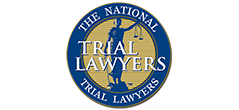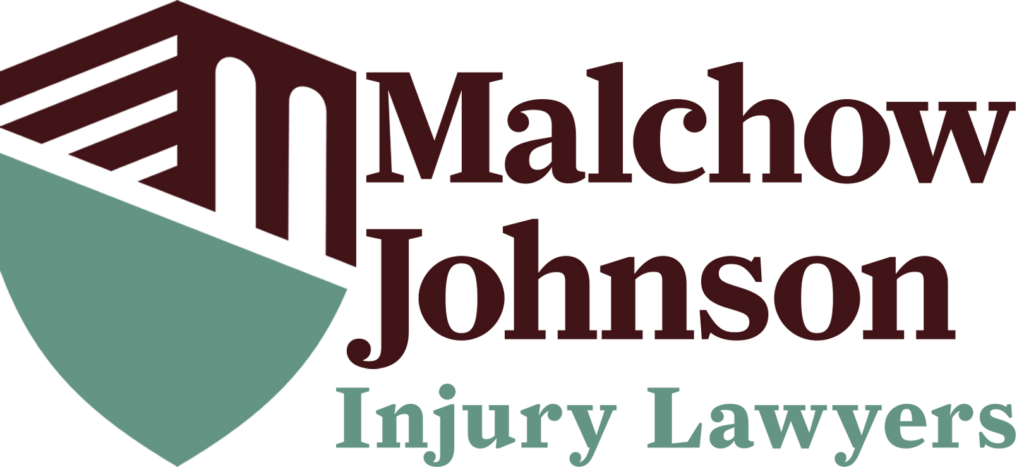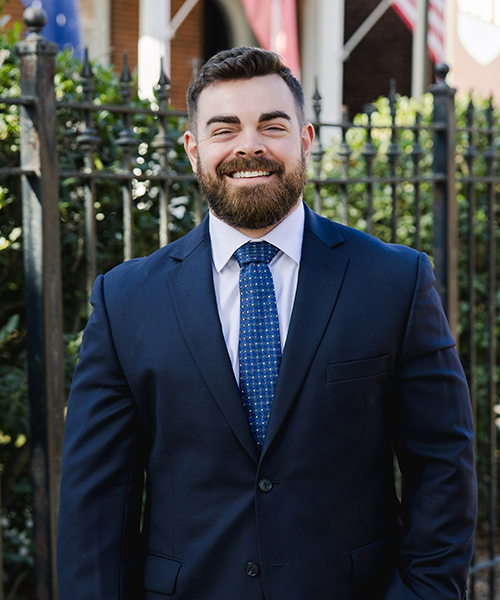Slip and fall accidents can happen at any time, often when people least expect it. These accidents might seem like minor incidents, but they can lead to serious injuries that affect a person’s health, work, and overall life. When someone slips and falls, they might experience injuries like bruises, sprains, broken bones, or even head injuries. If the accident was caused by someone else’s negligence, like a store not cleaning up a wet floor or a sidewalk with a hidden hole, the injured person may have a right to seek compensation for their pain, medical bills, and other costs. But proving what happened is not always easy, which is why documenting evidence is so important. Having clear proof can make a significant difference in winning a case and getting fair compensation. This is why gathering and organizing evidence as soon as possible after a slip and fall is essential.
At,Malchow Johnson Injury Lawyers , we are here to guide you through the legal process and help you navigate the complexities of your case.







Why Evidence Matters in Slip and Fall Cases
Evidence is the backbone of any slip and fall claim. It shows what happened, how it happened, and the effects it had on the person involved. Without strong evidence, it’s hard to prove that an accident was not just an unfortunate event but something that could have been prevented if proper care had been taken. In slip and fall cases, the person seeking compensation, known as the plaintiff, has to show that the accident happened because of a dangerous condition on the property and that the property owner should have known about this condition and fixed it. If they didn’t, they could be responsible for the injuries that occurred. By documenting evidence, an injured person creates a clear picture of the incident and demonstrates how it affected their life. This evidence helps show that the injury was serious and that it happened because someone did not take proper precautions to keep the area safe.
Taking Photos and Videos at the Scene
Photos and videos provide a visual record of the accident scene, which is often one of the strongest forms of evidence. After a slip and fall accident, if possible, taking photos and videos of the exact spot where the accident happened is a good idea. These photos can capture things like wet floors, loose rugs, icy patches, or broken steps, showing exactly what caused the fall. Photographs can also reveal any warning signs—or lack of them—that should have been in place to prevent the accident. Videos can show more detail and provide a better sense of the scene. If someone fell because of a spill that wasn’t cleaned up, a video showing the spill’s size and how slippery the floor looks can be powerful evidence. It is best to take these photos and videos right after the accident when everything is still in the same condition. This way, they accurately reflect the danger that was present at the time of the accident.
Gathering Witness Statements
Witnesses can provide strong support for an injury claim. People who saw the accident happen can share their viewpoint on what occurred, which can add valuable information that helps prove the case. Witnesses might notice things that the injured person missed, especially if the accident was sudden or disorienting. For example, they might have seen a worker spill something on the floor and not clean it up, or they might know how long a hazard was present before the fall. After an accident, it is helpful to ask anyone nearby if they saw what happened and if they would be willing to provide a statement. Taking their contact information, like their phone number or email, can be useful in case they need to be reached later. If witnesses are willing, asking them to record a statement or write down their account soon after the accident helps keep their memory fresh and their statements accurate. Witnesses play a valuable role in building a solid case and showing the full story of what happened.
Keeping Medical Records and Reports
Medical records are another crucial type of evidence in slip and fall cases. After an accident, seeking medical attention is important, even if the injuries seem minor at first. Some injuries may take time to show their full effects, and seeing a doctor helps document all symptoms from the start. Medical records show how serious the injuries are and how much treatment is needed, from doctor visits and tests to physical therapy and medication. These records provide proof that the injuries were real and that they were directly related to the accident. Doctor’s reports, prescriptions, and bills all play a role in explaining the extent of the harm caused by the accident. These documents also help calculate the amount of compensation needed for recovery. Having detailed medical records makes it harder for the other party to argue that the injuries were unrelated to the accident or that they are less severe than they really are.
Saving Accident Reports or Incident Forms
Sometimes, slip and fall accidents occur on business property like a store or restaurant. When this happens, there may be an accident report or incident form that the business fills out. These reports usually include information about where the accident happened, the type of hazard, and any actions taken right after. If a report is made, getting a copy can be very helpful. This report can be used as evidence, showing that the business knew about the accident and providing details about what happened. When an accident report is completed, it is wise to read it carefully and make sure that it accurately describes the situation. Sometimes, these forms can have errors or missing information, and catching these issues early helps make sure that the report is accurate and useful for the case.
Documenting the Impact on Daily Life
Beyond immediate medical care, slip and fall injuries can affect a person’s daily life in many ways. Injuries might make it hard to go to work, complete everyday tasks, or even enjoy simple activities. Writing down how the injury affects life day-to-day can serve as additional evidence of the harm caused. This can be done by keeping a journal that describes pain levels, difficulties in movement, emotional effects, and any missed work or special events. These notes create a personal record of how the accident has changed daily routines and impacted overall well-being. This kind of documentation adds another layer of evidence, showing that the accident had lasting effects, not just on physical health but on quality of life. It can help strengthen the case by providing details that medical records alone may not cover.
Saving Receipts and Bills for Related Expenses
Slip and fall accidents often lead to unexpected costs. These costs go beyond medical bills and might include things like transportation to doctor’s appointments, home care, or even renovations to make a home more accessible. Saving all receipts and bills related to these expenses is important, as they provide a record of the financial burden caused by the accident. When all costs are added up, they show a clear picture of how much the injury has cost financially. These records help calculate a fair amount of compensation, covering not just immediate medical care but also any ongoing expenses that are needed for recovery.
Choosing a Personal Injury Attorney How Much Is My Personal Injury Claim Worth?Related Videos
Consulting a Lawyer for Guidance
While gathering evidence is important, knowing what to do with that evidence and understanding the legal process can be challenging, especially for someone dealing with injuries. Consulting a knowledgeable attorney can make a significant difference in slip and fall cases. An attorney can help organize the evidence, offer guidance on what types of information are most useful, and handle communication with insurance companies and the other party involved. Legal processes can be complex, and without proper guidance, it’s easy to miss critical steps that could affect the outcome of a claim. Having a lawyer on your side provides peace of mind and ensures that the case is handled professionally. A lawyer can assess the evidence, determine the best approach, and build a solid case to support the claim for compensation.
Understanding How Documented Evidence Can Lead to Fair Compensation
Documenting evidence is a powerful step in making sure that justice is served after a slip and fall accident. Each piece of evidence plays a role in showing what happened, proving that the injuries were significant, and demonstrating the impact on the injured person’s life. Together, photos, videos, witness statements, medical records, incident reports, personal notes, and receipts create a strong case that is hard to dispute. With this clear record, it becomes much easier to negotiate a fair settlement or prove the case in court if needed. This evidence not only supports the injured person’s claims but also shows respect for the truth and a commitment to fair treatment. Knowing how to document and organize evidence can empower people after an accident, giving them the tools they need to pursue justice and ensure their voices are heard.
If you or a loved one has been hurt in a slip and fall accident, don’t leave things to chance. Contact Malchow Johnson Injury Lawyers to help guide you through the process. Our team understands what you’re going through and is ready to fight for your rights. Let us help you gather the evidence you need to make a strong case for fair compensation. Reach out to us today for the support you deserve.





